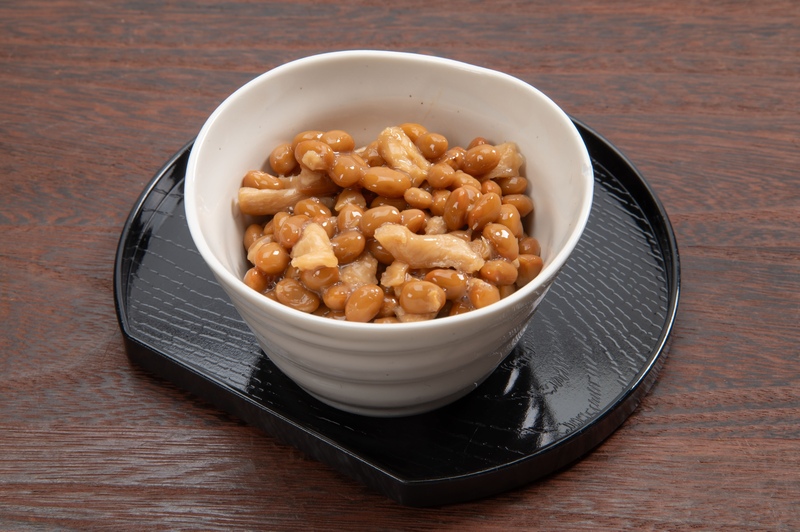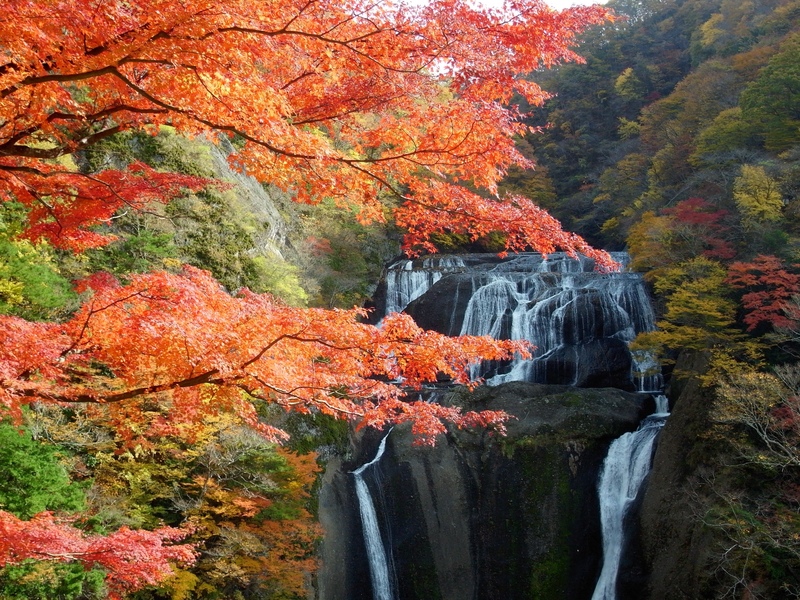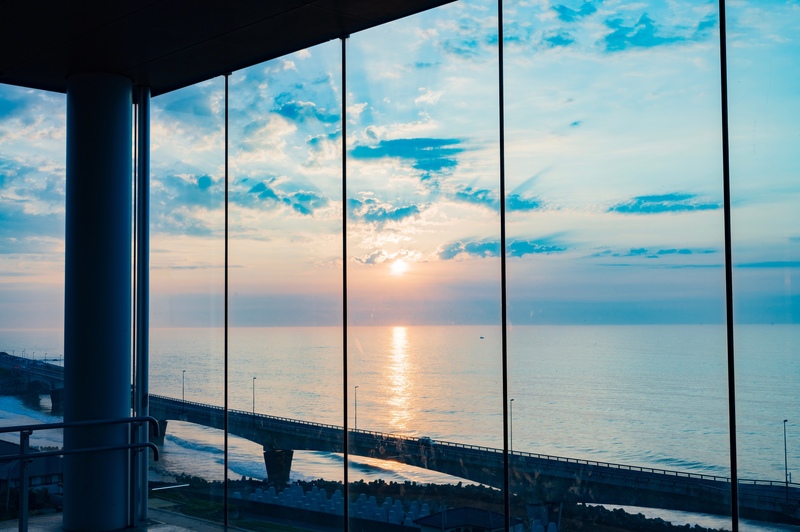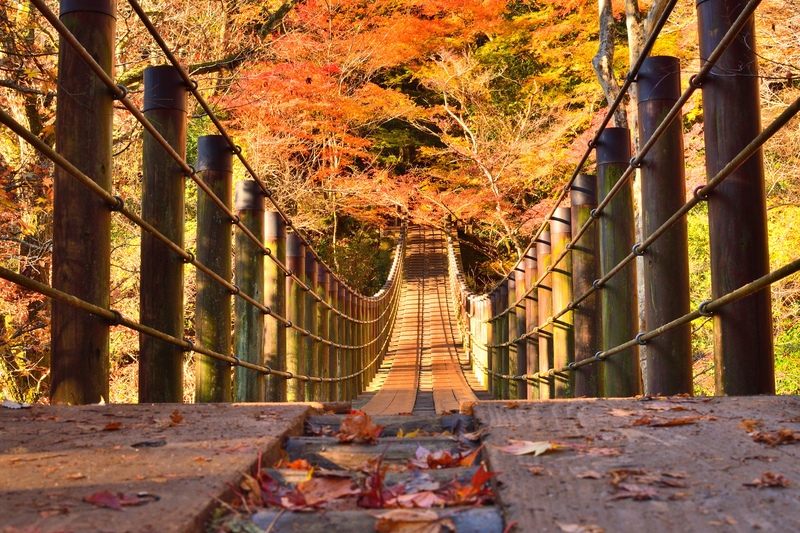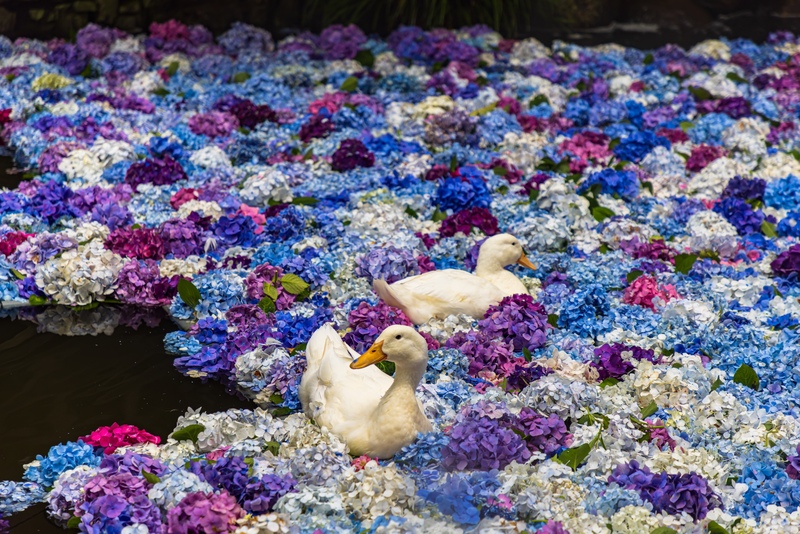What is Mount Tsukuba? Ibaraki Prefecture's iconic natural and historic site
Located in Tsukuba City, Ibaraki Prefecture, Mount Tsukuba (Tsukuba-san) rises to 877 meters and is one of Japan's 100 famous mountains.
Long known as "the Fuji of the West, Tsukuba of the East," it is recognized as one of Japan's representative mountains.
The mountain is characterized by its beautiful twin peaks—Mount Nantai and Mount Nyotai—which give off both natural beauty and a mysterious atmosphere.
Mount Tsukuba is a tourist destination where nature and history blend, attracting visitors with hiking, ropeways, and visits to power spots.
Here we introduce in detail the highlights of Mount Tsukuba, climbing routes, access information, and more.

1. History and culture of Mount Tsukuba
A mountain of faith since ancient times
Mount Tsukuba has been an object of worship since ancient times.
In particular, Tsukubasan Shrine sits near the summit, and Mount Nantai and Mount Nyotai each enshrine their own deities.
Mount Nantai enshrines Izanagi no Mikoto, and Mount Nyotai enshrines Izanami no Mikoto; they are believed to grant blessings for marital harmony and matchmaking.
For this reason, Mount Tsukuba is also popular as a power spot.
Seasonal beauty known as "Shiho"
Mount Tsukuba is also called "Shiho" (the Purple Peak).
This name comes from the mountain's particularly beautiful, almost purple-tinged appearance in autumn and spring.
The entire mountain is protected as a natural park and is home to a wide variety of plants and animals.

2. Highlights of Mount Tsukuba
The twin peaks: Mount Nantai and Mount Nyotai
The two peaks that define Mount Tsukuba—Mount Nantai (elevation 871 meters) and Mount Nyotai (elevation 877 meters)—each offer different spectacular views from their summits.
From Mount Nantai you can take in the expanse of the Kanto Plain, while from Mount Nyotai you can look out over Tsukuba city and, on clear days, catch a distant view of Mount Fuji.
Ropeway and cable car
Mount Tsukuba has both a ropeway and a cable car, so even those with limited stamina or families with children can easily aim for the summit.
- Tsukuba Ropeway: Operates to near the summit on the Nyotai side, allowing you to access the summit while enjoying an aerial ride.
- Tsukuba Cable Car: Runs from Miyawaki Station to near the summit on the Nantai side, reducing the amount of uphill walking required.
Both are popular activities with visitors because they offer scenery you can't experience on foot.
Tsukubasan Shrine
At the foot of the mountain, Tsukubasan Shrine is one of the highlights of visiting Mount Tsukuba.
Its history is said to date back about 3,000 years, and many worshippers visit seeking blessings for matchmaking, household safety, and bountiful harvests.
The shrine grounds feature a large torii gate and a worship hall decorated with beautiful carvings, where you can feel the history and culture of Mount Tsukuba.
Large rocks and unique formations
Mount Tsukuba is dotted with many large rocks and unusual rock formations.
Especially famous are formations such as the Gama Stone and Sekirei Stone—unique shapes created by nature.
The Gama Stone is shaped like a frog and is known as a spot tied to local legends.

3. Climbing routes and how to enjoy Mount Tsukuba
Popular climbing routes
Mount Tsukuba offers multiple trails suitable for everyone from beginners to experienced hikers.
Miyukigahara Course
This route starts at Tsukubasan Shrine and follows the cable car line.
It takes about two hours to reach Miyukigahara Station, from where you can head to either Mount Nantai or Mount Nyotai.
Hakuunbashi Course
The Hakuunbashi Course is a route where you can fully enjoy nature, with many unique and large rock formations along the way.
Along the route you will find sights such as the Gama Stone and Benkei Nanamodori, making it a great choice for photography.
Tsukuba Summit Circuit Course
This route circles the summit area and allows you to visit both Mount Nantai and Mount Nyotai.
Many visitors use this course to fully enjoy the panoramic views from the summits.
How to enjoy each season
Mount Tsukuba offers seasonal natural beauty throughout the year.
- Spring: Cherry blossoms and azaleas bloom and color the trails.
- Summer: Enjoy cool hikes in the lush green mountain landscape.
- Autumn: The mountain is covered in beautiful autumn colors; mid-November is typically the peak season.
- Winter: On clear days the air is crisp and you can see as far as Mount Fuji and the Tokyo Skytree.

4. Access and basic information for Mount Tsukuba
How to access
- Train and bus: From Tokyo, take the Tsukuba Express (TX) to Tsukuba Station, then take the Tsukuba Mountain Shuttle Bus to the entrance of Tsukubasan Shrine.
- Car: About 40 minutes from the Tsuchiura-Kita Interchange on the Joban Expressway. Parking is available at the mountain's base.
Hours and fares
- Ropeway: 9:00–17:00 (hours vary by season). One-way Adult ¥750 / Child ¥380, Round-trip Adult ¥1,300 / Child ¥650
- Cable car: 9:20–17:00 (hours vary by season). One-way Adult ¥590 / Child ¥300, Round-trip Adult ¥1,070 / Child ¥540
Facilities and nearby information
The Mount Tsukuba area has a variety of accommodations and hot spring facilities.
You can soothe hiking fatigue at day-use hot springs, and there are many restaurants where you can enjoy local specialties.
5. Useful information for travelers
Recommended one-day itinerary for Mount Tsukuba
For a one-day visit, start the morning by visiting Tsukubasan Shrine, then take the ropeway or cable car to the summit.
In the afternoon, enjoy the summit circuit course to take in the natural scenery, and after descending relax at a nearby hot spring facility.
Souvenir information
Popular local souvenirs around Mount Tsukuba include Tsukuba chicken and Tsukuba amazake (sweet fermented rice drink).
Charms (omamori) purchased at Tsukubasan Shrine are also recommended as memorable keepsakes.
Conclusion
Mount Tsukuba is a leading tourist destination in Ibaraki Prefecture where nature, history, and culture come together.
With its beautiful scenery across the seasons, hiking trails, and power spots, it is a place foreign visitors should consider adding to their itinerary.
When you visit Ibaraki Prefecture, be sure to spend some time at Mount Tsukuba to experience Japan's natural beauty and history.
Frequently Asked Questions (FAQ)
Q1: Is climbing Mount Tsukuba suitable for beginners?
A: Yes. By using the ropeway or cable car, beginners can easily reach near the summit. Trails are available at different difficulty levels.
Q2: When is the best season to visit Mount Tsukuba?
A: Spring cherry blossoms and azaleas and autumn foliage are especially beautiful, but the mountain has distinct charms in every season.
Q3: Are there hot springs near Mount Tsukuba?
A: Yes. You can relax at Mount Tsukuba hot springs and nearby day-use hot spring facilities—great after a hike.
Enjoy the natural beauty and historical culture of Japan at Mount Tsukuba.





